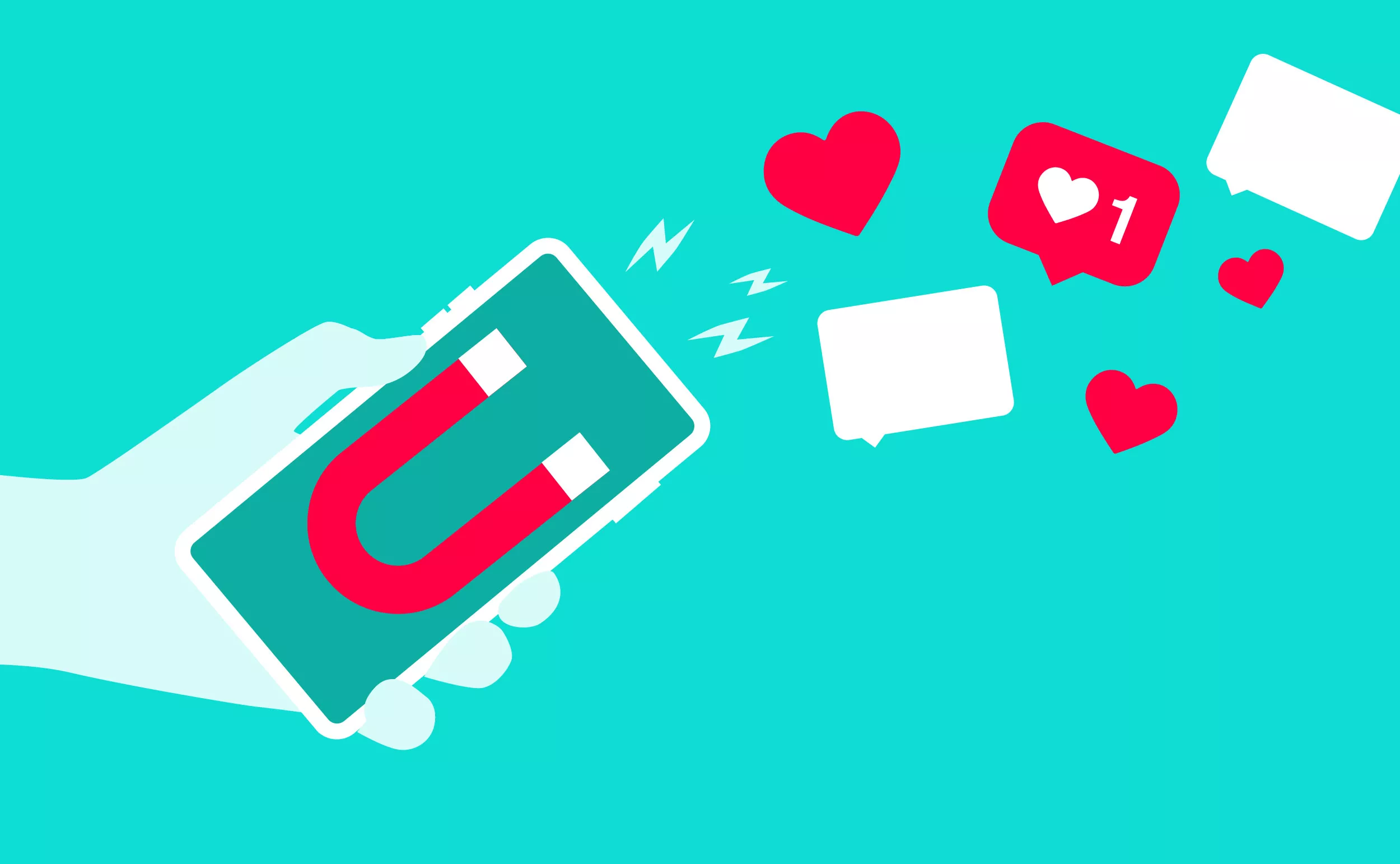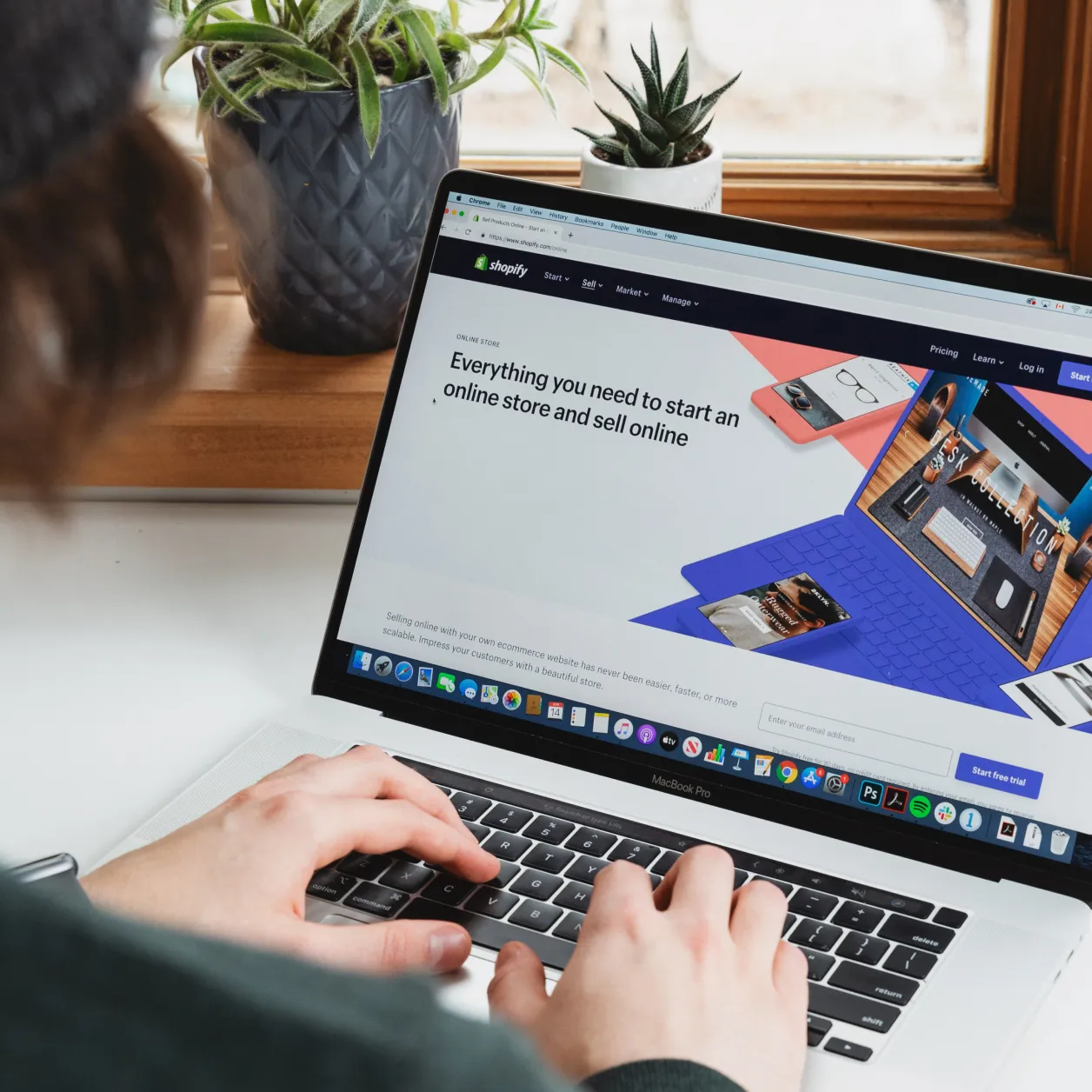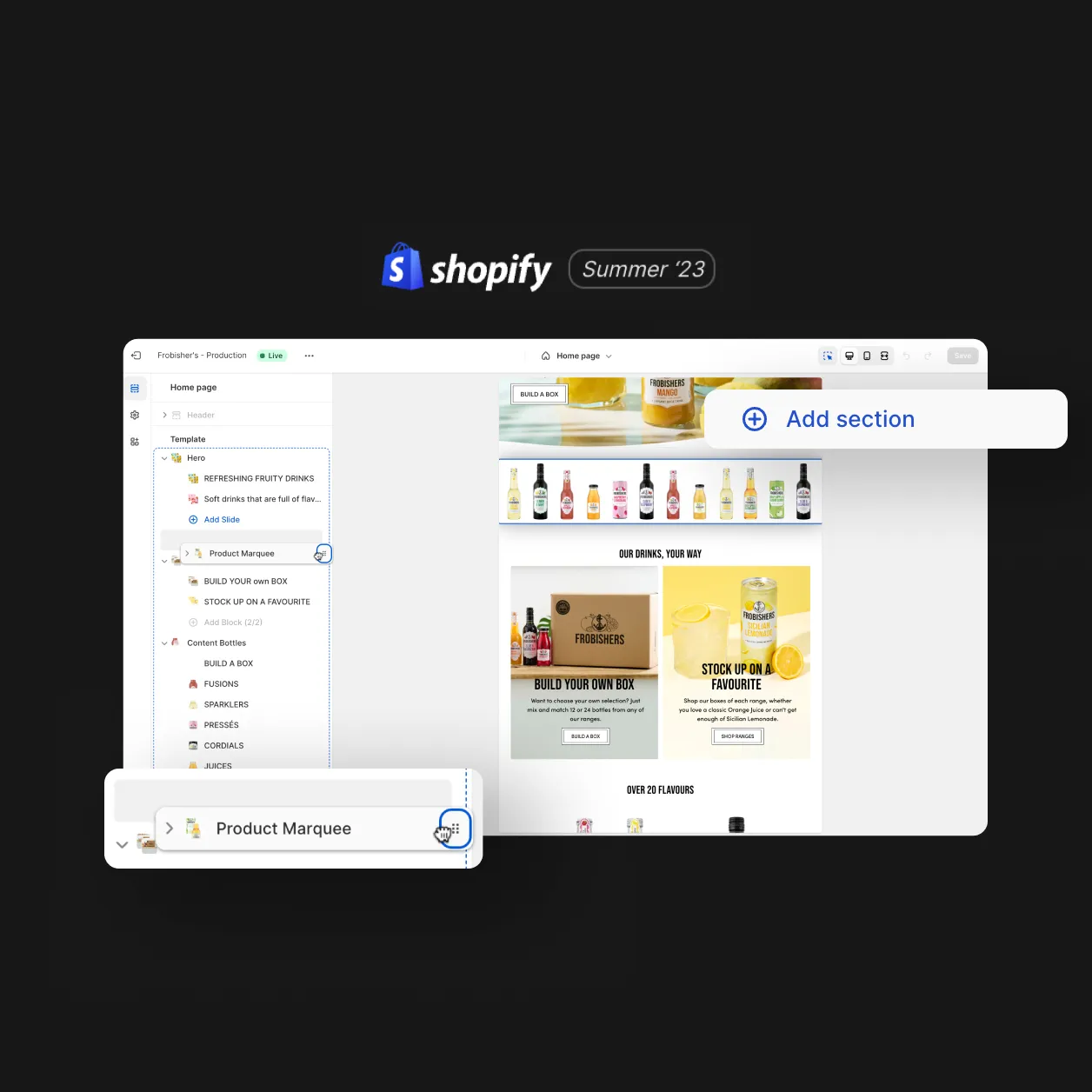
Meta wants you to see ads. Loads of them. And when every 2-5 posts on the newsfeed has been paid for by an advertiser, D2C brands need to get clever to cut through. While there’s still a place for professionally shot, high fidelity ad content – there’s a more relatable way to communicate with your audience.
Native ads are those which match the look, feel and function of the platform you’re advertising on. And the more they look like the other user-generated content in the feed, the more ‘native’ they become. Sometimes barely detectable as ads by the average user.
In this blog we explore the ramifications of this, how to use high production and native ads concurrently, and why native ads can support a much higher conversion rate for D2C businesses.
Exploring native ad formats
You’ll likely see most native ads on social media platforms. It’s easy to match the different styles in the feed – from UGC to memes. The idea is that these ads are pretty inconspicuous. They don’t stand out like a sore thumb. Instead, they covertly communicate certain messages without causing too much disruption.
There’s an ethical consideration here. How stealthy do you want to be? Way back when (2014), Eric Goeres, director of innovation at Time Magazine, spoke on native ads at the Contently Summit. Put rather succinctly on this style of advertising he said, “Don’t trick them. Don’t piss them off.” And it’s a valid point. However, not many people seem that pissed.
Infact, research by Semify shows that 67.2% of customers are actually more likely to engage with this sort of content over banner ads. A large portion also said that they find these ads more relevant to them. Disguised as the sort of content the platform algorithm presents to them anyway, users are proven to find native advertising more seamless than other, often more aggressive, formats.
Native ads convert
Advertisers using native content in their ad strategy likely see better results in terms of ad engagement and conversion. We’ve seen this in our own paid media client campaigns – in one case, click through rates increased by 60% when we employed native, UGC paid content.
Native content, produced in a style that camouflages on the feed, feels more at home. It sits side-by-side with existing content that’s been specifically chosen by an algorithm to chime with the user’s preferences. This kind of advertising is also more likely to beat ad fatigue. In opposition to other display ads, the branded content becomes a chameleon, entrenched in organic content, feeling less repetitive for the user. It also circumnavigates ad-blocking plug-ins, which is an added bonus.
In the same Semify report mentioned above, the researcher interrogated the impact of native advertising on conversion rates. The results showed that 53% of web users prefer native ads over banner ads and that they are 18% more likely to lead to purchase intent. Ad engagement is also higher – 8.8 times higher than display ads – which increases conversion potential, and broadens the retargeting pool for future targeting. And if you’re advertising to Gen X, then great news, because the research shows that two-thirds of this cohort trust this content over more traditional advertising.
Keeping things balanced
Even though conversion is proven, you should aim to strike a balance between native ads and other formats. Formats that are often more brand-led. This approach will help you to communicate your brand and key messages via display and text ads, while creating a more authentic relationship with your audience via native ads. This obviously gives you the opportunity to occupy more ad placements on multiple platforms – increasing visibility for your campaign.
Native ads help you tell a story. And this storytelling complements more top-line, brand-led paid media. You can position a far more comprehensive, longform narrative in a native ad format that goes deeper than that initial branding piece, which helps to strengthen your brand name and positioning.
How to create hard-working native ad content
If lots of brands are using native ads alongside other formats to secure a higher conversion rate, how can you make sure yours stand out? Here are a few tips to get started:
- Don’t go for a hard sell. Remember, this content sits within the platform, alongside organic content, therefore it can’t jar
- Use a relatable voice. From text overlays to pieces to camera, your native content must match the tone of voice most prevalent on the platform
- Add value. If you’re trying to communicate a brand story, let your audience know the value of your product or service. After all, they’re taking the time to watch
- And on that note: remember, it’s still an ad within an infinite scroll. Make sure to grab the user in the first 2 seconds to make sure they stick around to view for longer
- At what stage are you meeting your viewer? i.e. what do you want them to do? Make sure there’s a clear call to action which matches up with where the user is in their journey with you. Even though you want your content to feel organic, you still need it to work hard for you
- Use real life brand advocates. User generated content works SO well in native advertising because it looks like the other content in the feed. Plus, it gives your brand social proof. See: almost every native ad on TikTok right now.
Devising your performance media strategy
The above is just a starting point in terms of understanding how native advertising can increase awareness and drive revenue for your business. If you want to chat through your performance media strategy further, please don’t hesitate to get in touch.
Design
Inspiring behaviour change through visual experiences. Our digital design services ensure instant clarity and visuals that cut-through in a cluttered market.




